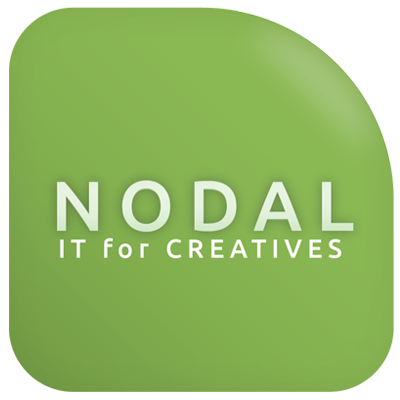The latest version of Autodesk’s flagship animation software has shipped, bringing several new features to improve performance and streamline the animation workflow. Along with Maya 2019, Autodesk has also released new versions of Mudbox, Motion Builder, and Maya LT.
Some of the new features in Maya 2019 include:
Cached Playback
One of the biggest improvements in Maya 2019 is the addition of caching for viewport playback. This tool allows animators to scrub through animation without having to wait for Maya to redraw the scene. Caching runs in the background, and only affected frames are updated in the cache whenever changes are made.
The goal is to allow animators to iterate more quickly, allowing full framerate previews without requiring a playblast. While traditional playblasts will still be used to quickly generate videos for review, scene caching will make it even faster to review changes to timing and animation. Since the entire scene is stored in memory, the animator can play back the scene from any camera position without having to re-cache.
Currently, smooth mesh preview, dynamics simulations, XGen, and nonlinear animation in the Trax Editor and Time Editor are not supported by scene caching, though Autodesk has hinted that this feature may be expanded in future releases.
Users can also determine whether caching targets the CPU or GPU. Cache evaluation is OpenCL-based, so GPU processing should function on both AMD and Nvidia graphics cards.
Viewport 2.0 Improvements
Autodesk has improved scene loading and asset management within Viewport 2.0, particularly when large textures or complex geometry is involved. Selecting/deselecting objects and snapping performance has been improved. Selective down-sampling of large texture files helps alleviate memory use, enhancing system performance.
Overall, scene loading times have been improved by up to 40% in some test scenes compared with Maya 2018.
Graph Editor and Deformer Updates
Maya 2019 introduces two new Graph Editor key filters: Butterworth and Key Reducer. Both are intended to help remove unnecessary keys from animation curves and smooth out any noise. They work similarly to features in Motion Builder, though with an eye toward producing predictable results.
The Bake Deformer received some improvements, including the ability to remove spikes in weight mapping and reducing rigging noise by removing values below a user-specified threshold.
Rendering Options
Autodesk’s focus on improving workflow extends to new rendering options, including the ability to set multiple layers to be batch renderable in Render Setup.
Importing templates for batch rendering and overriding set members have been improved. Render Setup nodes can be exported independently of AOVs and the scene’s render settings.
Viewport 2.0 now better supports the Arnold 5.0 Standard Surface shader, including real-time display of reflections from area lights.
Bug Fixes
Autodesk delayed the release of Maya 2019 to resolve hundreds of bugs reported via community forums; this release comes 18 months after Maya 2018 was introduced, rather than the usual 12 months between major versions. The wait appears to be worth it: the bug fixes, along with cached playback, are the features receiving the most enthusiastic feedback.
As with most major software releases, Nodal does not recommend updating to the latest version unless you’re certain the change will not negatively impact your studio’s workflow. Third-party plugins, in particular, may require more time to be made compatible with the new software.
To see Autodesk’s new product announcement, check out their article in The Maya Blog found here. For the full release and feature notes, the Autodesk documentation can be found here. CGChannel has a good assessment of the new release, including system requirements and availability, in this article.
If you have questions about the new version of Maya and how it can be deployed at your facility, feel free to contact Nodal!
